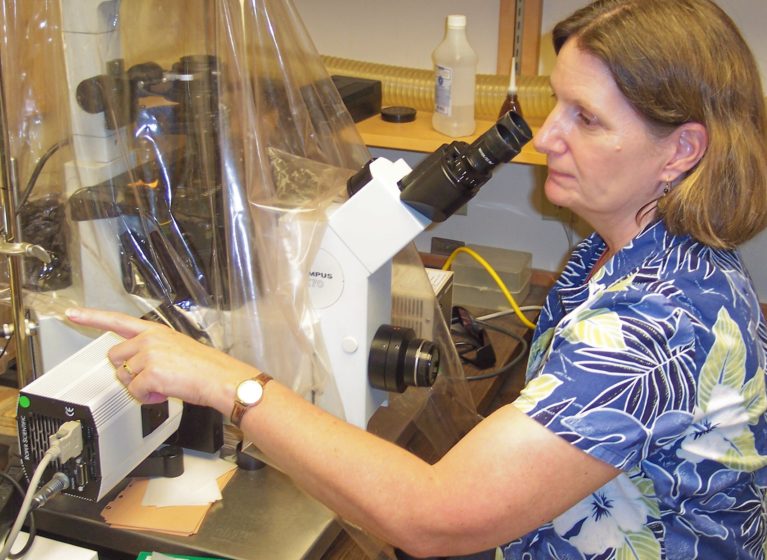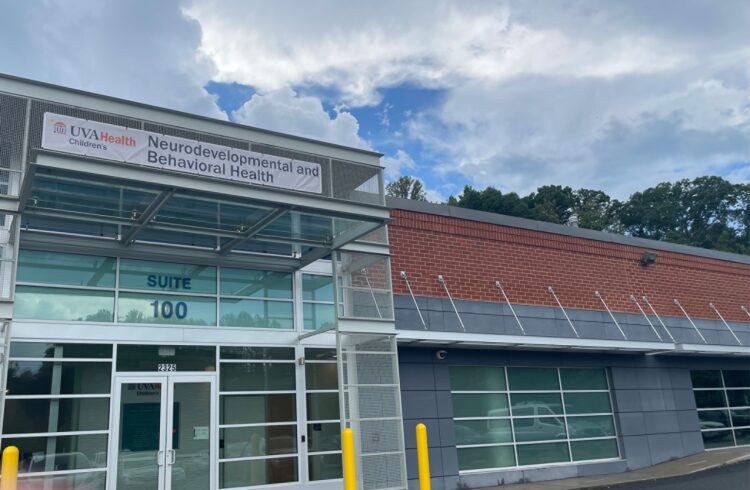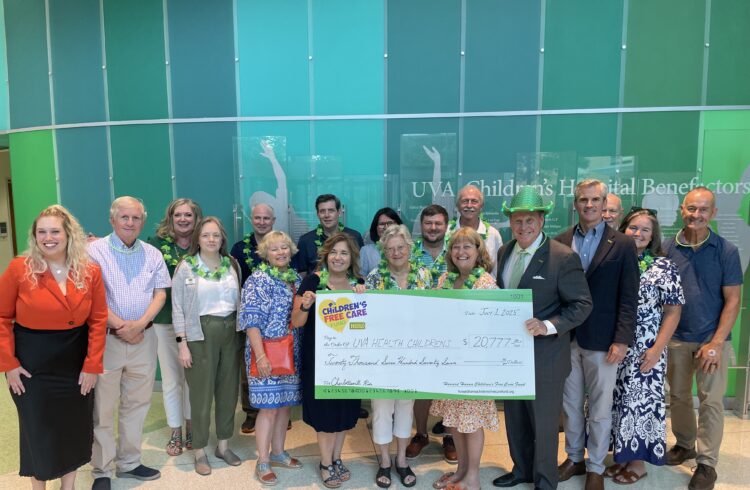
Low level light therapy (LLLT) holds potential for improving neuronal cell function in patients with Parkinson’s Disease (PD), according to a new study from the University of Virginia Health System.
Published online by Molecular Neurodegeneration on June 17, 2009, the study is the latest in a series of articles by researchers at the UVA Morris K. Udall Parkinson’s Research Center of Excellence about promising new treatments for re-energizing the cellular engines of patients with PD and other neurodegenerative diseases.
Led by Patricia A. Trimmer, PhD, associate professor of neurological research at the UVA School of Medicine, the in vitro study showed that a single, brief treatment with a 810 nm low level, near-infrared laser increased for two-hours the velocity of mitochondrial movement in cells taken from patients with sporadic PD, speeding it up to levels comparable to cells from a disease-free, age-matched control group.
“Our findings provide early-stage confirmation that LLLT has the potential to improve neuronal function in many patients with PD and other neurological diseases,” says Trimmer. Interestingly, the most dysfunctional patient cells had the weakest response to LLLT. The therapy had no impact on healthy control group cells.
Mitochondria are the cellular engines that transform food into fuel in our bodies and perform their work in the energy-intensive tissue of our brains, retinas, hearts and skeletal muscles. In PD patients, mitochondria become metabolically and functionally compromised. Cells slow down, become ineffective in generating energy and over-produce oxygen free radicals. If produced in excess, oxygen free radicals chemically attack all cell components, including proteins, DNA and lipids in cell membranes.
As Trimmer points out, numerous investigational PD drugs have demonstrated efficacy in animal models but proven largely ineffective in humans. By contrast, LLLT is already being used to treat a wide range of human conditions involving injury and inflammation. It has also been evaluated in Phase 2 clinical trials as a way to ameliorate the consequences of stroke.
Study co-authors were Kathleen M. Schwartz and M. Kathleen Borland of the Morris K. Udall Parkinson’s Research Center of Excellence at UVA, Luis De Taboada and Jackson Streeter of PhotoThera, Inc., and Uri Oron of Tel-Aviv University in Tel-Aviv, Israel.


